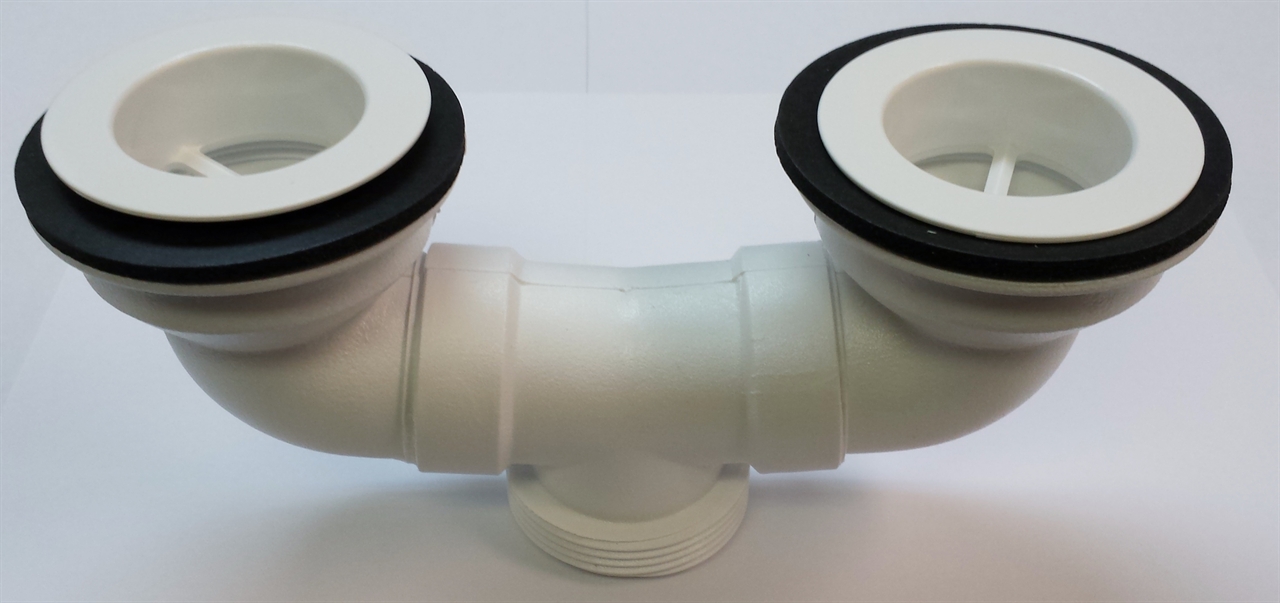The drainage system of a bathroom sink is an essential component that allows water to flow out of the sink and into the pipes. It consists of various parts that work together to ensure proper drainage and prevent clogs. These parts include the P-trap, pop-up drain, overflow drain, and drain pipe.1. Drainage System
The plumbing of a bathroom sink drain is the network of pipes and fittings that connect the sink to the main sewage line. It is responsible for carrying wastewater away from the sink and into the sewage system. The plumbing must be properly installed and maintained to ensure efficient drainage and prevent leaks.2. Plumbing
The P-trap is a curved section of pipe that is shaped like the letter "P". It is located under the sink and is designed to prevent sewer gases from entering the bathroom. The P-trap also traps debris and prevents it from entering the drain pipe, which can cause clogs.3. P-trap
The pop-up drain is the part of the drain that allows water to flow out of the sink. It is controlled by a lever or knob on the sink and can be opened or closed to stop or allow water to drain. The pop-up drain is connected to the drain stopper, which is responsible for keeping water in the sink when needed.4. Pop-up Drain
The overflow drain is a small opening located near the top of the sink. It is designed to prevent the sink from overflowing by allowing excess water to drain out. The overflow drain is connected to the main drain pipe and is an important safety feature for preventing water damage in the bathroom.5. Overflow Drain
The drain stopper is a small device that sits inside the sink and is used to stop water from draining out. It is controlled by the pop-up drain and can be opened or closed to allow or stop water from flowing. The drain stopper also helps to prevent objects from falling into the drain and causing clogs.6. Drain Stopper
The tailpiece is a short section of pipe that connects the sink to the main drain pipe. It is located directly under the sink and is responsible for carrying water from the sink into the drain pipe. The tailpiece must be properly aligned and connected to prevent leaks and ensure efficient drainage.7. Tailpiece
The drain flange is the metal or plastic piece that surrounds the opening of the drain in the sink. It is responsible for keeping the drain in place and preventing water from leaking out. The drain flange is also where the pop-up drain and drain stopper are connected, making it an important part of the drainage system.8. Drain Flange
The drain pipe is the long, vertical pipe that connects the sink to the main sewage line. It is responsible for carrying wastewater away from the sink and into the sewage system. The drain pipe must be properly installed and maintained to ensure efficient drainage and prevent clogs.9. Drain Pipe
The drain assembly refers to all the parts of the bathroom sink drain that work together to allow water to flow out of the sink. It includes the P-trap, pop-up drain, overflow drain, drain stopper, tailpiece, drain flange, and drain pipe. Proper maintenance and installation of the drain assembly are crucial for a functional and clog-free bathroom sink drain.10. Drain Assembly
The Importance of a Well-Functioning Bathroom Sink Drain

Why a Good Drain is Essential for a Functional Bathroom
 When it comes to designing a bathroom, the sink may seem like a minor detail compared to the luxurious bathtub or stylish vanity. However, the sink is one of the most used fixtures in a bathroom and plays a crucial role in the overall functionality of the space. A key component of any sink is its drain, which is responsible for carrying away wastewater and preventing clogs. Without a functioning drain, a bathroom can quickly become a headache for homeowners. That's why understanding the anatomy of a bathroom sink drain is essential for anyone looking to design or remodel their bathroom.
When it comes to designing a bathroom, the sink may seem like a minor detail compared to the luxurious bathtub or stylish vanity. However, the sink is one of the most used fixtures in a bathroom and plays a crucial role in the overall functionality of the space. A key component of any sink is its drain, which is responsible for carrying away wastewater and preventing clogs. Without a functioning drain, a bathroom can quickly become a headache for homeowners. That's why understanding the anatomy of a bathroom sink drain is essential for anyone looking to design or remodel their bathroom.
The Anatomy of a Bathroom Sink Drain
 A bathroom sink drain is made up of several components that work together to ensure proper drainage. These include the sink bowl, the drain pipe, the p-trap, and the drain stopper. The sink bowl is the visible part of the drain, where water and other waste are collected. The drain pipe is the long, curved pipe that connects the sink bowl to the p-trap. The p-trap is a u-shaped section of pipe that prevents sewer gases from entering the bathroom. Finally, the drain stopper is the device that controls the flow of water and allows for easy cleaning of the sink.
A bathroom sink drain is made up of several components that work together to ensure proper drainage. These include the sink bowl, the drain pipe, the p-trap, and the drain stopper. The sink bowl is the visible part of the drain, where water and other waste are collected. The drain pipe is the long, curved pipe that connects the sink bowl to the p-trap. The p-trap is a u-shaped section of pipe that prevents sewer gases from entering the bathroom. Finally, the drain stopper is the device that controls the flow of water and allows for easy cleaning of the sink.
The Role of a Good Drain in Bathroom Design
 A well-designed bathroom sink drain is essential for maintaining the functionality and cleanliness of a bathroom. Without a proper drain, water and waste can become backed up, leading to unpleasant odors, mold, and even structural damage. A clogged or slow-draining sink can also be a major inconvenience for homeowners, causing delays in getting ready in the morning or during busy times when guests are over. Additionally, a malfunctioning drain can be a costly repair, making it crucial to invest in a high-quality drain during the bathroom design process.
In conclusion,
a bathroom sink drain may seem like a small detail, but it plays a significant role in the overall functionality and design of a bathroom. A well-designed and properly functioning drain can save homeowners from headaches and costly repairs in the long run. When remodeling or designing a bathroom, be sure to pay attention to the anatomy of a bathroom sink drain to ensure a functional and beautiful space.
A well-designed bathroom sink drain is essential for maintaining the functionality and cleanliness of a bathroom. Without a proper drain, water and waste can become backed up, leading to unpleasant odors, mold, and even structural damage. A clogged or slow-draining sink can also be a major inconvenience for homeowners, causing delays in getting ready in the morning or during busy times when guests are over. Additionally, a malfunctioning drain can be a costly repair, making it crucial to invest in a high-quality drain during the bathroom design process.
In conclusion,
a bathroom sink drain may seem like a small detail, but it plays a significant role in the overall functionality and design of a bathroom. A well-designed and properly functioning drain can save homeowners from headaches and costly repairs in the long run. When remodeling or designing a bathroom, be sure to pay attention to the anatomy of a bathroom sink drain to ensure a functional and beautiful space.








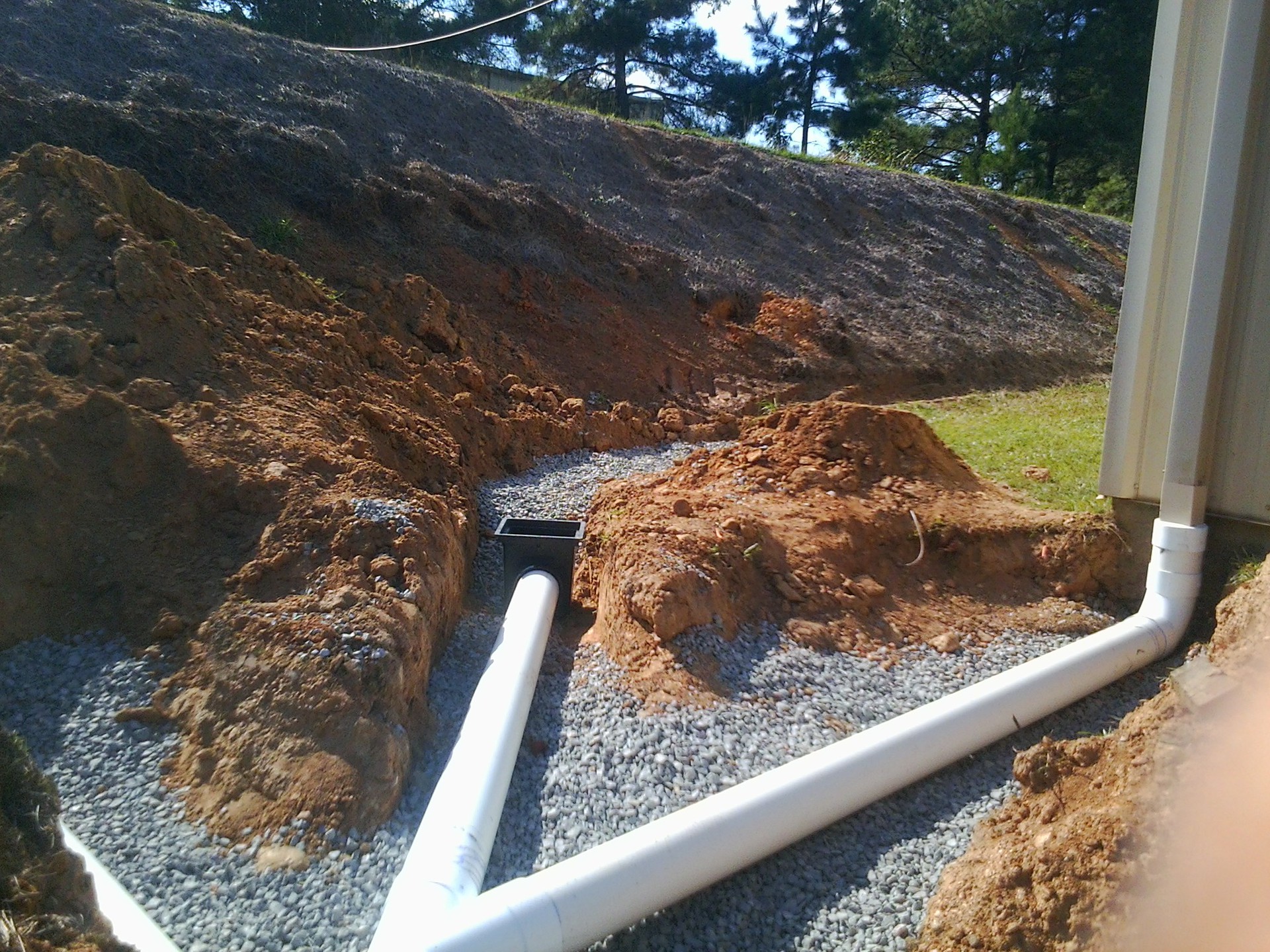



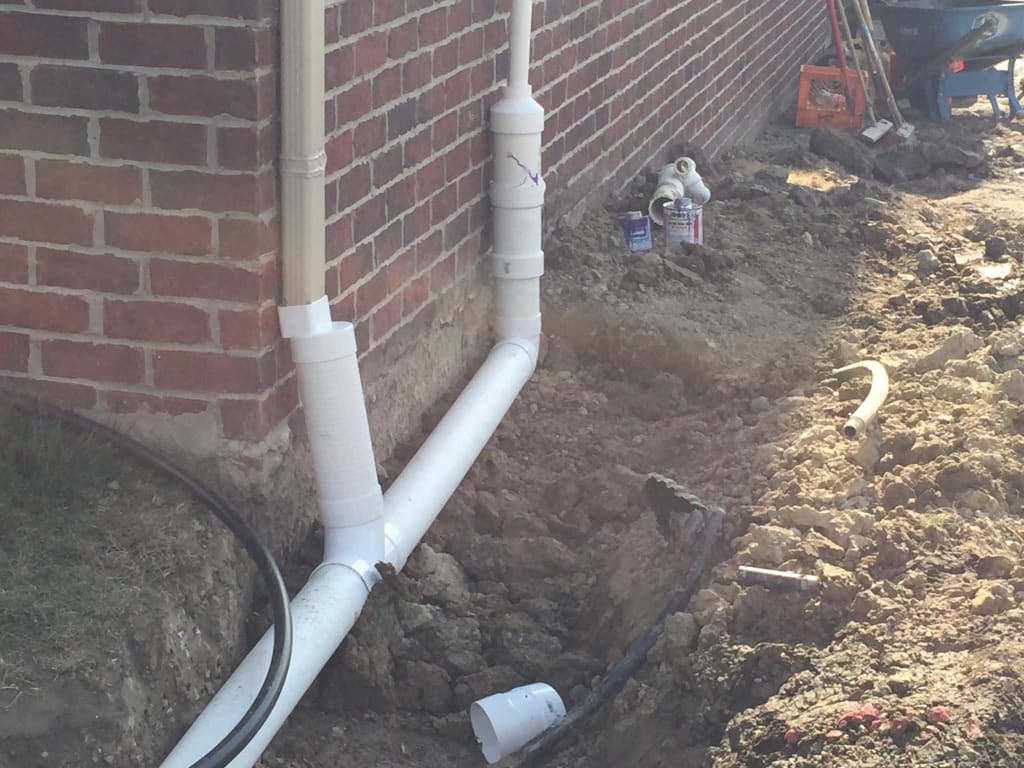




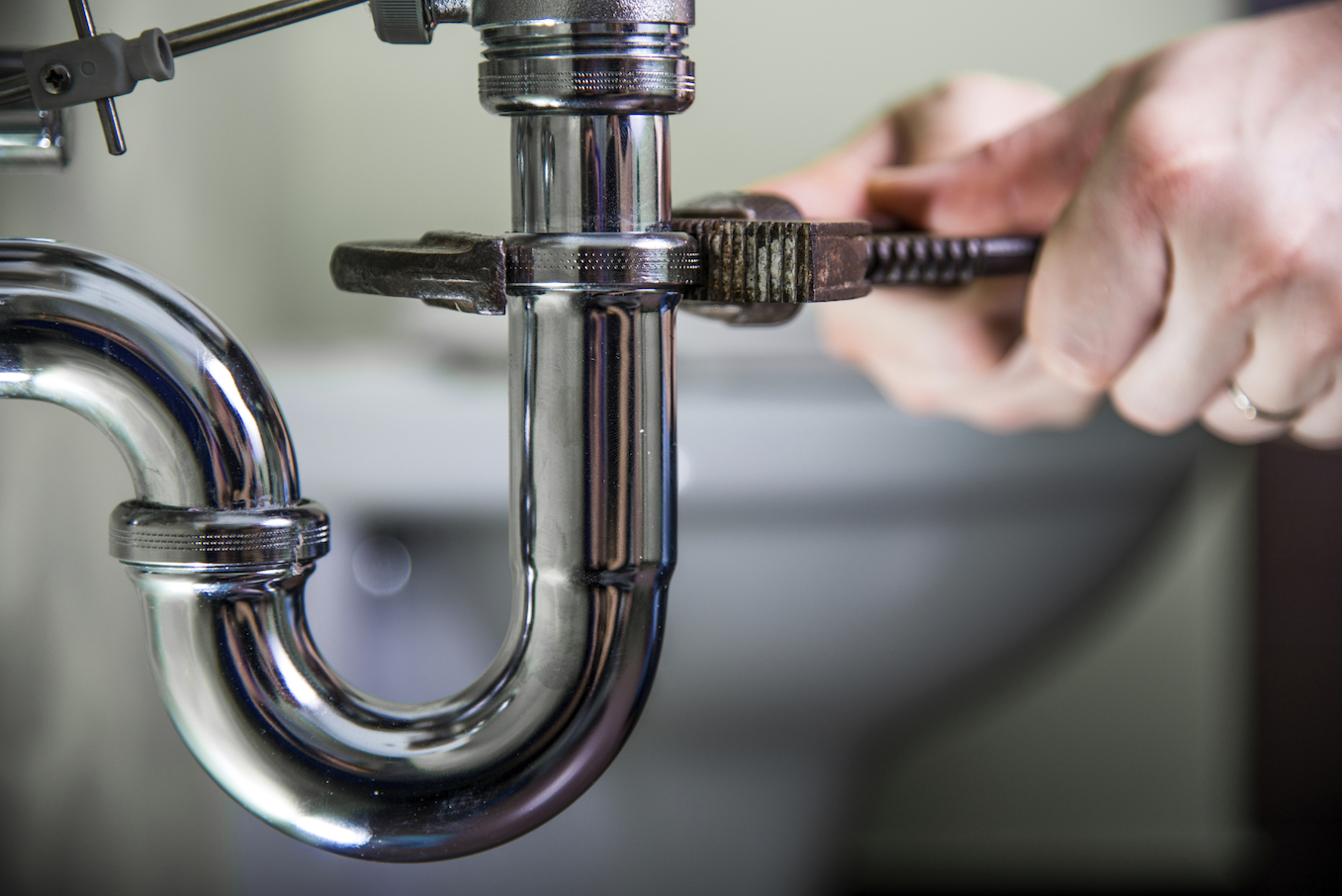
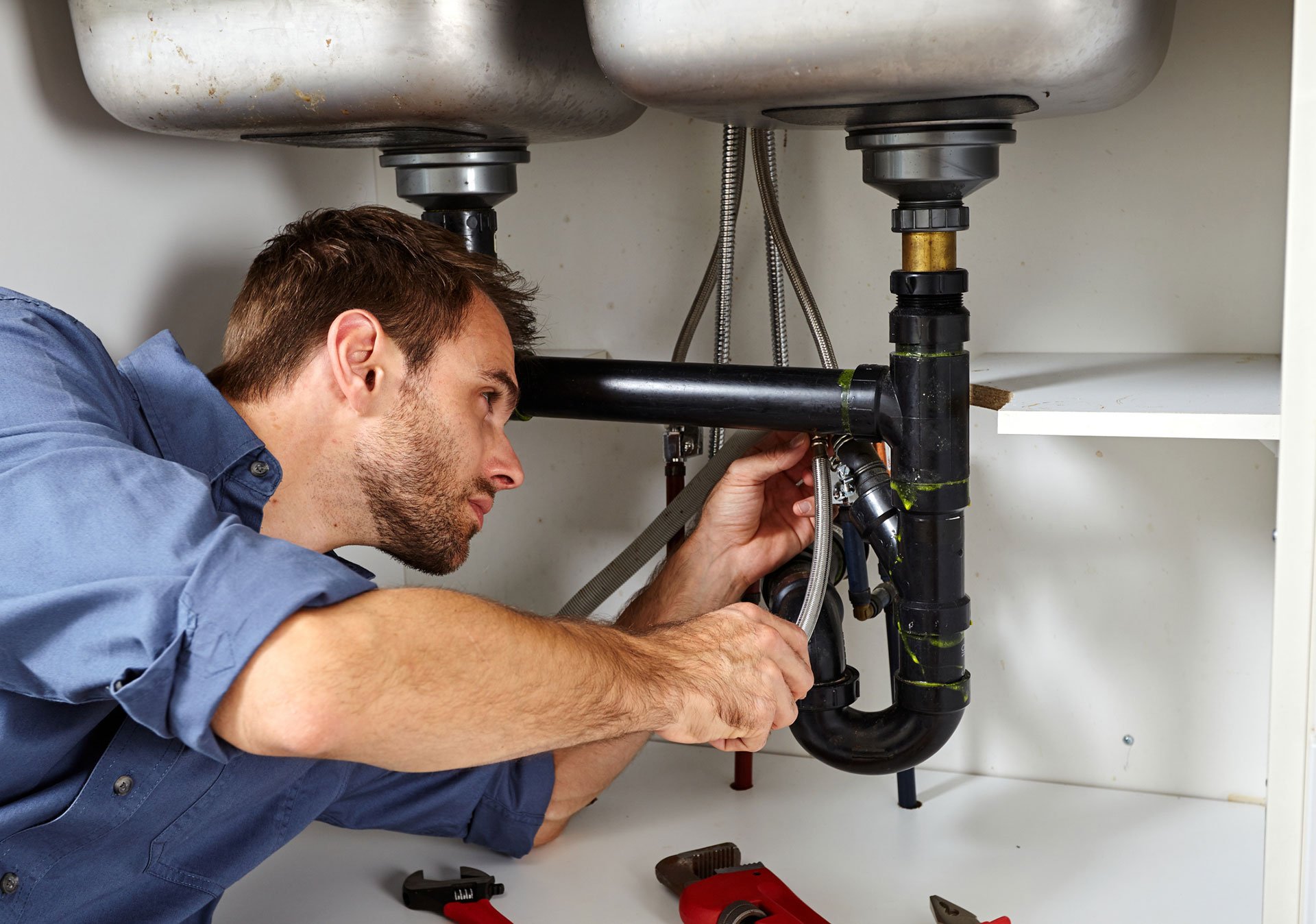
/GettyImages-98064882-5a3684ef4e46ba003693c061.jpg)
/Plastic-Plumbing-Pipe-183508152-58a47c925f9b58819c9c8ac6.jpg)












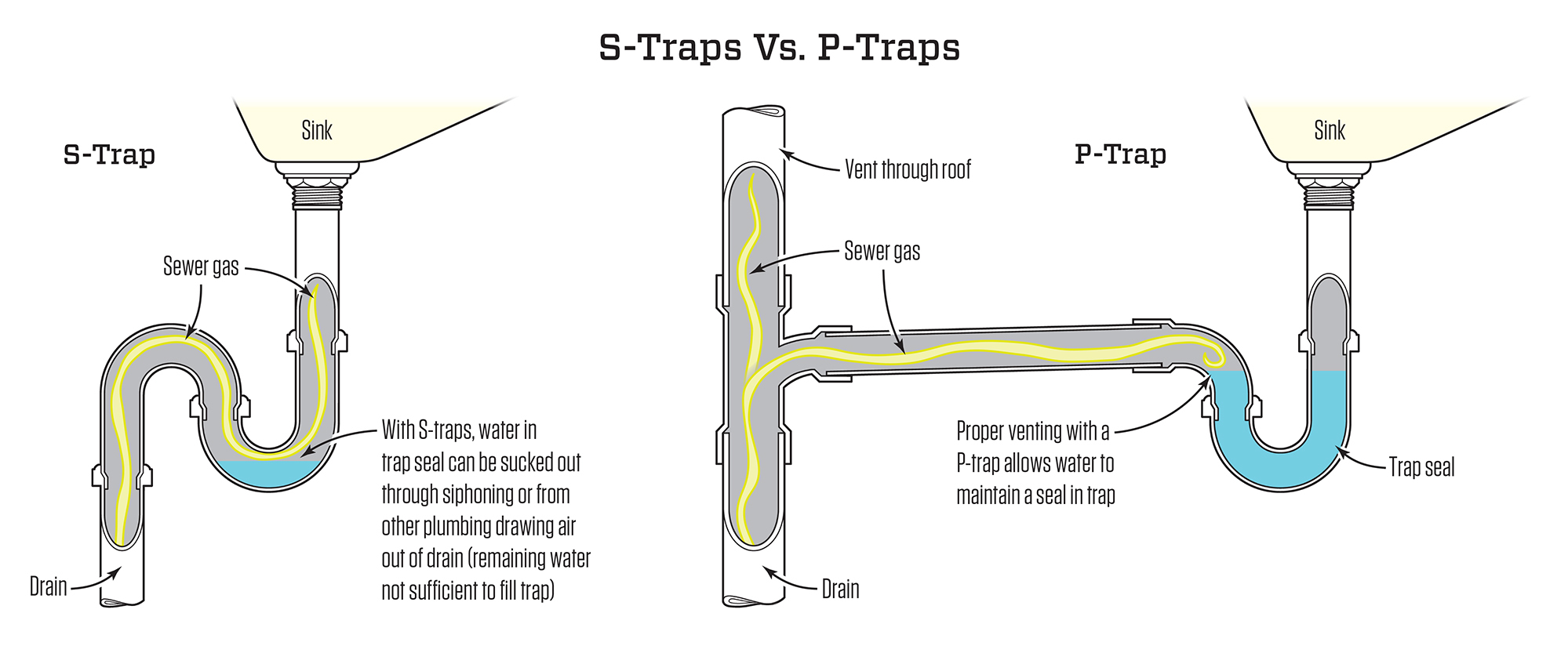
























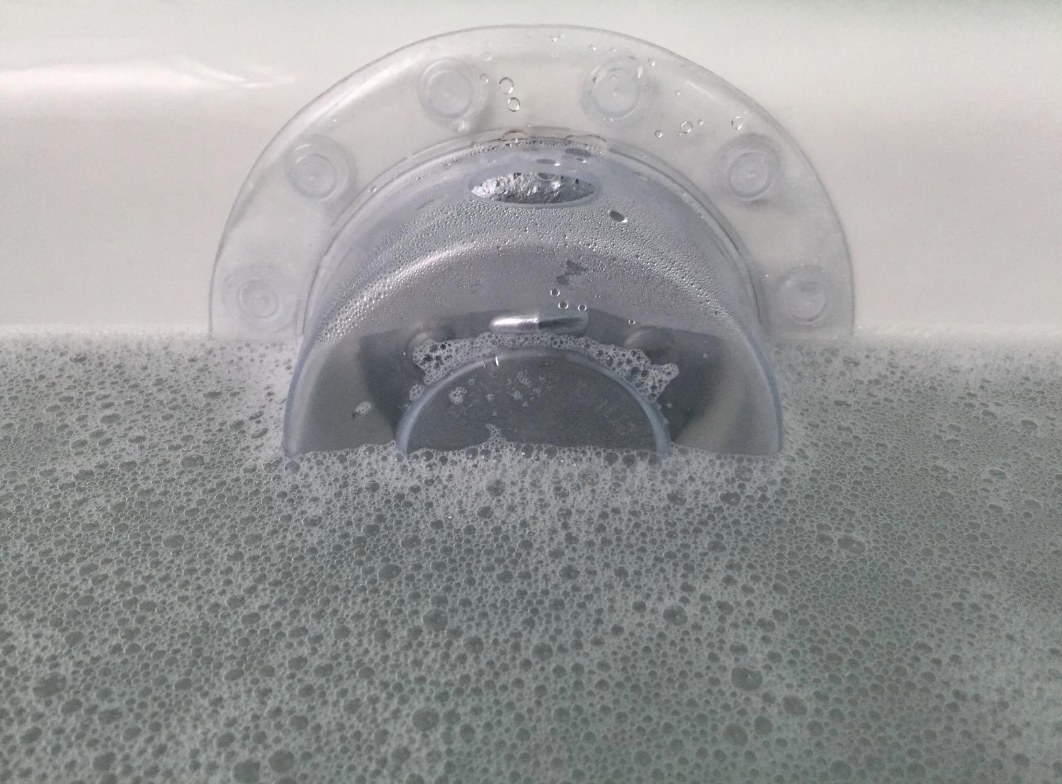






:max_bytes(150000):strip_icc()/bathtub-drain-stopper-types-2718995_FINAL-3c520aa60ba2477786c0a2b64de3834f-3f86776780154b1aad5a91124256e317.png)


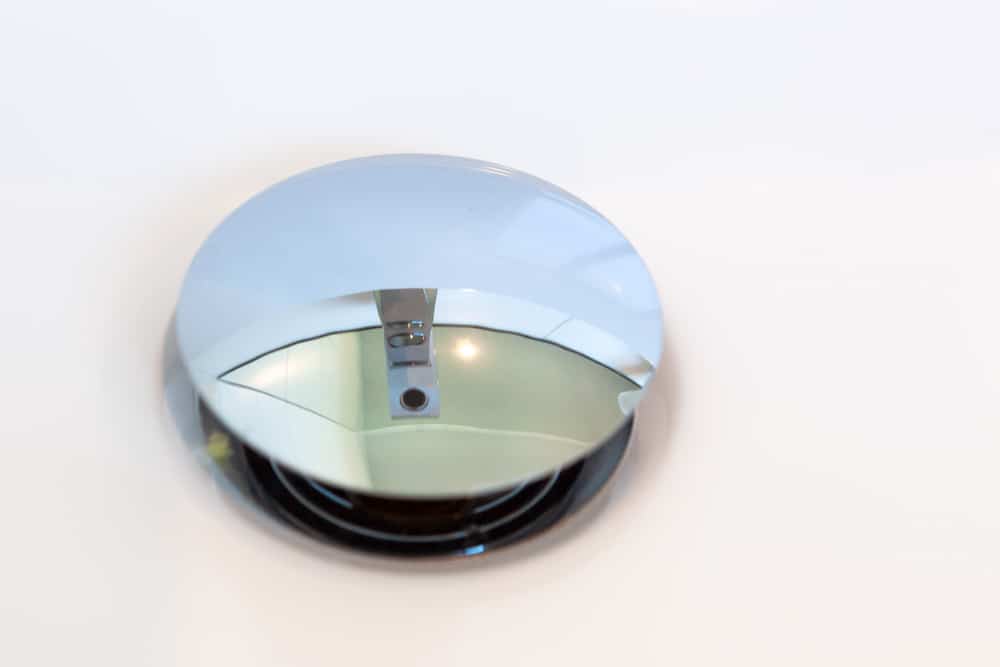
:max_bytes(150000):strip_icc()/bathtub-drain-stopper-types-2718995-05-88e27f154e784817a5736ffa372ff5a3.jpg)
/tubdrainplunger-59ab828d396e5a0010620253.jpg)









































